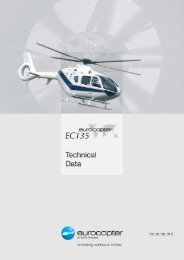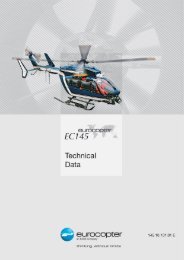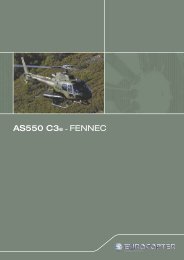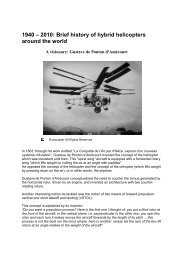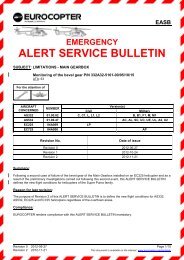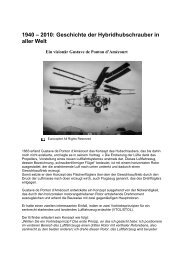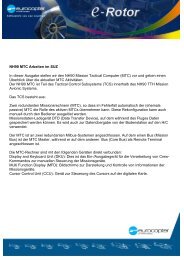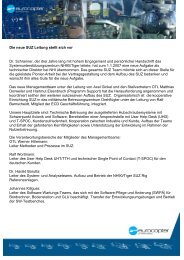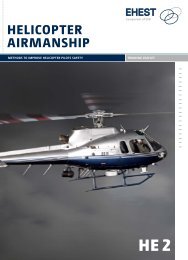EHEST Off-airfield Landing Site Operations - Eurocopter
EHEST Off-airfield Landing Site Operations - Eurocopter
EHEST Off-airfield Landing Site Operations - Eurocopter
Create successful ePaper yourself
Turn your PDF publications into a flip-book with our unique Google optimized e-Paper software.
20 >> <strong>Off</strong> Airfield <strong>Landing</strong> <strong>Site</strong> <strong>Operations</strong><br />
6. DEpARTuRE<br />
Prior to the departure from an LS, a thorough ‘recce’ of the landing site should<br />
be undertaken noting hazards, obstacles, wind velocity, sun position and possible safe<br />
departure routes. A power margin calculation from the RFM may be required as may<br />
a hover power check as a confirmation to establish the exact power margin available.<br />
Special attention should be paid to the re-calculation of C of G, weight and loading if<br />
passengers/cargo have been off loaded or picked up.<br />
The pilot should then establish the climb out path from the LS by asking himself<br />
‘what is the safest way out of here?<br />
considerations should include:<br />
• Obstacles in the immediate area/climb out route.<br />
• Wind velocity.<br />
• Sun position.<br />
• Power margin.<br />
• Safe emergency escape routes/landing areas.<br />
• Habitation, livestock, people, buildings in climb out path.<br />
• Any commercial operations/aircraft restrictions.<br />
Note: If the wind is light then the exit route may well be the same as the entry route!<br />
If power limited and space permits it may be advisable to back track in order to<br />
gain translational lift during the transition.<br />
Vertical climbs which necessitate prolonged periods in the height/velocity diagram<br />
should only be used as a last resort.<br />
Suggested sequence for takeoff and departure from an lS:<br />
• Pre-take-off checks.<br />
• Lookout – take-off using sloping ground techniques.<br />
• After take-off checks to include power check<br />
• Confirm or reselect take-off path.<br />
• Reposition within area if required.<br />
• Select forward and lateral markers as appropriate.<br />
• Lookout above – check for overhead obstructions.<br />
• Transition using appropriate technique.<br />
• Thorough lookout on lifting from the confined area especially for any aircraft<br />
overflying arriving/departing the LS.



